How it started and how it's going. Progress Pictures 2/28/2025
The user shares their hair growth progress using topical and sublingual minoxidil, dutasteride, hormone replacement therapy, and a laser comb. They report thicker hair and reduced hairline shedding, seeking advice for further thickening.
View this post in the Community →
Similar Community Posts Join
5 / 1000+ resultscommunity My friend is so terrified of balding, he started microdosing estrogen…
A person is microdosing estrogen for hair loss after finasteride and dutasteride failed, risking feminizing effects. Alternatives like minoxidil, RU58841, or hair transplants are suggested.
community I think this is my stop, gentlepeople. So long and thanks for all the data 👋
A user shared their successful experience with hair regrowth and transitioning from male to female using minoxidil, finasteride, Nutrafol, microneedling, and hormone replacement therapy (HRT). They expressed gratitude for the results and encouraged others to explore treatments that align with their personal goals.
community After about 3 months of 2mg Estradiol (Sublingual) and 2.5mg Minox (Oral) daily
A person transitioning is using 2mg sublingual estradiol and 2.5mg oral minoxidil daily for hair regrowth, noting significant progress in three months. They plan to increase estrogen dosage and consider adding dutasteride, discussing the effects and challenges of transitioning.
community Boys I am just a gonner. What on earth is my scalp even going through. Looks like world war 3. Pyril 3 months. Topical melitonin/progesterone/fin, dut, fin, oral min, laser trash, anus stimulation. Nothing. Donor area is decimated 😂.
Treating Seborrheic Dermatitis, a fungal scalp condition which can cause hair loss. Treatments discussed include antifungal shampoos, cold showers, exfoliating the scalp, taking Vitamin D, and stimulating the prostate through the anus.
community New Latanoprost-Based Formula Used by Hollywood Celebrities
A new Latanoprost-based formula used by Hollywood celebrities to treat hair loss, with the formula containing minoxidil, tretinoin, melatonin, azelaic acid, zinc thymulin, vitamin B6, sandalore and methyl vanillate. It also mentions the potential of offering a combined sublingual minoxidil/oral dutasteride option in the future.
Related Research
6 / 1000+ results
research Optimal Management of Frontal Fibrosing Alopecia: A Practical Guide
Early diagnosis and combination therapy, especially with finasteride and dutasteride, are key to managing Frontal Fibrosing Alopecia effectively.
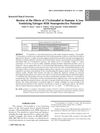
research Review of the Effects of 17α-Estradiol in Humans: A Less Feminizing Estrogen with Neuroprotective Potential
17α-estradiol is a safe estrogen that might protect the brain and doesn't cause feminization, needing more research for treating brain diseases.
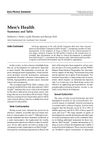
research Men's Health
The document concludes that various drugs for men's health issues are in development, with treatments for sexual dysfunction and prostate conditions being the most advanced.
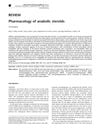
research Pharmacology of Anabolic Steroids
Anabolic steroids can build muscle and strength but have risks and need more research on their clinical benefits and side effects.
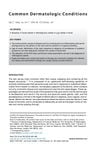
research Common Dermatologic Conditions
The document concludes that quick referral and appropriate treatments are crucial for managing common skin conditions and preventing permanent damage.
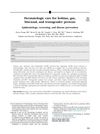
research Dermatologic Care for Lesbian, Gay, Bisexual, and Transgender Persons
LGBT individuals have unique skin health needs, including higher STD risks and side effects from gender-affirming treatments, requiring dermatologists to offer knowledgeable and culturally competent care.